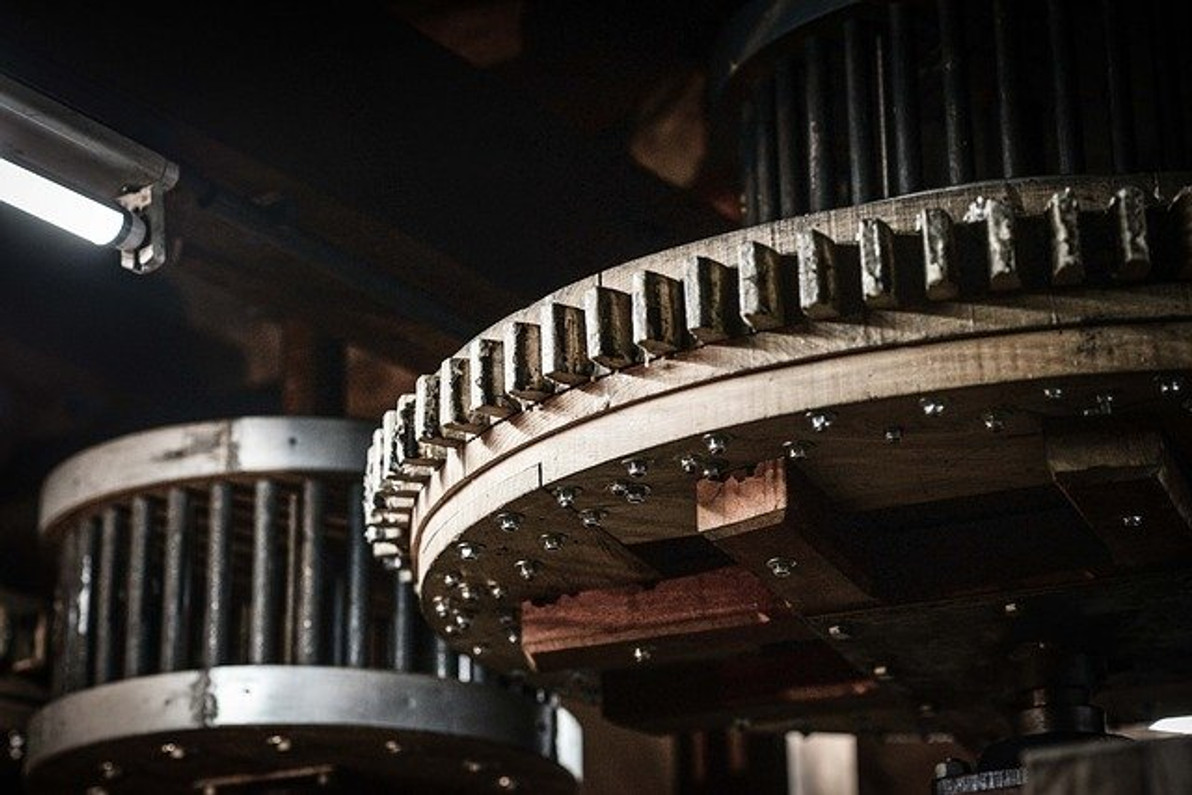What Is Lockout, Tagout and Why Is It Important?
Industrial machines and equipment pose an inherent risk of injury. In the manufacturing industry, workers are oftentimes injured when using machines and equipment. Many of these injuries are severe. Some of them, in fact, are fatal. With lockout, tagout, however, workers are less likely to sustain injury when using industrial machines and equipment. What is lockout, tagout exactly?
Overview of Lockout, Tagout
Lockout, tagout is a safety practice that's designed to prevent machines or equipment from running during maintenance. All industrial machines and equipment require maintenance. Maybe a machine has a broken component, or perhaps it needs oiling. Regardless, lockout, tagout is designed to create a safer environment so that workers can perform maintenance without the machine or equipment running.
The Importance of Lockout, Tagout
Lockout, tagout is important because it protects workers from potentially fatal injury. According to the U.S. Occupational Safety and Health Administration (OSHA), lockout, tagout prevents an average of 50,000 injuries per year.
Without lockout, tagout, machines and equipment may run unintentionally during a maintenance procedure. If a worker is currently taking apart a machine and it begins running, he or she could be seriously injured. Lockout, tagout protects against injuries such as this. The machine or equipment won't be able to run if the lockout, tagout procedure has been properly performed. Therefore, workers can safely perform the necessary maintenance on it.
How Lockout, Tagout Is Performed
You might be wondering how lockout, tagout is performed exactly. The safety practice typically begins with an official announcement of the machine's or equipment's shutoff. In other words, the worker who's going to perform maintenance on the machine or equipment will announce to all other workers that he or she is shutting off the machine or equipment.
After announcing the shut off, the worker will identify the machine's or equipment's energy source. He or she will then lock and tag the energy source. Locking is designed to prevent the machine or equipment from receiving power and, therefore, turning on. Tagging the energy source, on the other hand, lets everyone else know that the machine or equipment is undergoing maintenance. When other workers see the tag, they'll know not to turn the power back on.
With the energy source being locked and tagged, the worker can now perform maintenance on the machine or equipment. There are different ways to perform lockout, tagout, but they all require locking and tagging the energy source to prevent the machine or equipment from starting back up during maintenance.
Recent Posts
-
Fire Safety in the Workplace: What You Need to Know
What steps are you taking to prevent fires in your workplace? According to the U.S. Occupational Saf …Aug 23rd 2023 -
Is It Safe to Go Jogging With a Cold Infection?
If you're suffering from a cold infection, you might be wondering whether it's safe to go jogging. T …Aug 22nd 2023 -
5 Safety Tips to Follow When Using a Powder-Actuated Tool
Powder-actuated tools are commonly used to join materials to steel and concrete. Also known as Hilti …Aug 20th 2023




